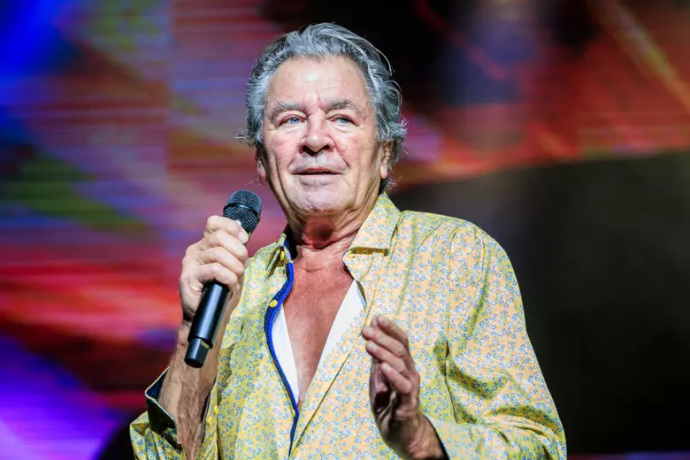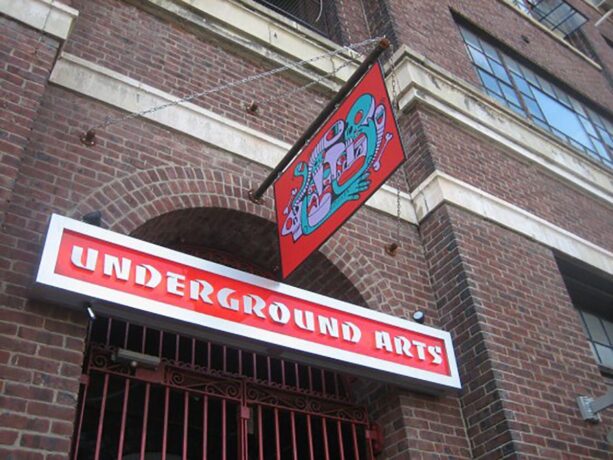
Western culture boasts a rich and varied entertainment landscape that spans centuries, reflecting the evolving tastes, values, and technological advancements of society. From traditional forms like theatre and classical music to contemporary digital media and interactive experiences, Western entertainment offers something for everyone. This article explores the major types of entertainment in Western culture, their historical roots, and their current manifestations.
Traditional Forms of Entertainment
Theatre: Theatre has been a cornerstone of Western entertainment since ancient times. The Greeks and Romans laid the foundations with their dramas and comedies, while the Renaissance period saw the rise of iconic playwrights like William Shakespeare. Today, theatre continues to thrive with a diverse range of productions, from classic plays to modern musicals and experimental performances. Broadway in New York City and the West End in London are globally renowned hubs for theatrical productions.
Classical Music and Opera: Western classical music, with its roots in the medieval, renaissance, and baroque periods, has produced legendary composers like Beethoven, Mozart, and Bach. Opera, combining music, drama, and visual art, emerged as a major form in the 16th century and remains a prestigious art form. Institutions like the Vienna State Opera and the Metropolitan Opera in New York uphold this tradition with world-class performances.
Dance: Ballet, originating in the Italian Renaissance courts and later developed in France and Russia, is a prominent form of Western dance. Contemporary dance forms, such as modern dance and jazz, have also gained popularity. Prestigious companies like the Royal Ballet in London and the American Ballet Theatre in New York showcase these art forms.
Modern Entertainment
Film and Cinema: The invention of the motion picture in the late 19th century revolutionized entertainment. Hollywood became the epicenter of the global film industry, producing blockbuster movies, influential directors, and iconic stars. Film festivals like Cannes, Sundance, and the Oscars celebrate the art of filmmaking, while streaming platforms like Netflix and Amazon Prime have transformed how audiences consume films.
Television: Since its rise in the mid-20th century, television has been a dominant form of entertainment in Western culture. TV offers a wide range of content, including drama series, sitcoms, reality shows, news, and documentaries. Landmark shows like “Friends,” “The Sopranos,” and “Breaking Bad” have left a lasting impact on popular culture.
Music: Western music encompasses a broad spectrum of genres, from rock and pop to hip-hop and electronic dance music (EDM). The music industry, with its recording labels, concerts, and festivals, plays a significant role in entertainment. Events like Coachella, Glastonbury, and the Grammy Awards celebrate musical achievements and influence global trends.
Literature: Books remain a vital form of entertainment and intellectual engagement. Western literature includes a vast array of genres, from classic novels by authors like Jane Austen and Charles Dickens to contemporary works by writers such as J.K. Rowling and Stephen King. Book fairs, literary festivals, and book clubs continue to foster a love for reading.
Digital and Interactive Entertainment
Video Games: The video game industry has grown exponentially since the 1970s, evolving from simple arcade games to complex, immersive experiences. Major franchises like “The Legend of Zelda,” “Grand Theft Auto,” and “Call of Duty” have garnered massive followings. Esports, competitive gaming events, attract millions of viewers and have become a significant aspect of modern entertainment.
Streaming and Online Content: The internet has transformed how entertainment is consumed, with streaming services offering on-demand access to a vast library of movies, TV shows, and music. Platforms like YouTube, Twitch, and TikTok have created new forms of entertainment, where content creators engage directly with their audiences through videos, live streams, and short-form content.
Virtual Reality (VR) and Augmented Reality (AR): Emerging technologies like VR and AR are creating new entertainment experiences. VR offers fully immersive environments for gaming, storytelling, and interactive experiences, while AR enhances real-world environments with digital overlays. These technologies are expanding the boundaries of traditional entertainment.
Live and Social Entertainment
Sports: Sports are a major form of entertainment in Western culture, with professional leagues and events drawing large audiences. Football (soccer), American football, basketball, and baseball are among the most popular sports. Major events like the Super Bowl, the World Series, and the UEFA Champions League capture global attention.
Concerts and Festivals: Live music events, from intimate concerts to large-scale festivals, are a key aspect of entertainment. Festivals like Glastonbury, Coachella, and Lollapalooza bring together diverse artists and audiences for immersive musical experiences.
Stand-Up Comedy: Comedy clubs and stand-up performances have a long history in Western culture. Comedians like George Carlin, Richard Pryor, and more recently, Dave Chappelle and Amy Schumer, have used humor to entertain and provoke thought. Stand-up specials on streaming platforms have expanded the reach of this art form.
Nightlife and Social Gatherings: Nightclubs, bars, and social gatherings remain popular forms of entertainment, providing spaces for dancing, socializing, and enjoying live music or DJ sets. These venues often reflect and influence cultural trends and social dynamics.
Conclusion
The entertainment industry in Western culture is a dynamic and multifaceted domain that continues to evolve with technological advancements and changing audience preferences. From traditional forms like theatre and classical music to modern digital experiences and live performances, Western entertainment offers a rich tapestry of options that cater to diverse tastes and interests. As the industry adapts to new challenges and opportunities, it remains a vital part of cultural expression and social engagement in Western society.


